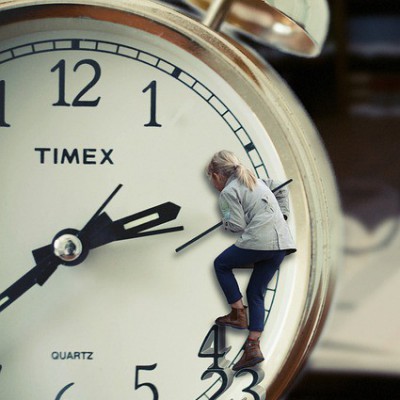
Time and Work
October 24, 2022
Permutations and Combinations
October 27, 2022About this post
Problems on trains is an application of Time, speed and distance. The first section in this topic is an introduction where we look at the important points on time, speed and distance that will be helpful to solve problems on trains. The exercises contain solved question and answers on problems on trains. When solving exercises, we recommend you to try solving the problems orally and with out using equations.
Introduction to Time, Speed and Distance
As mentioned earlier, problems on trains is an application of problems based on Time, speed and distance. Hence lets look at the important aspects of Time, Speed and Distance to formulate an approach to solve problems on trains.
Points on Distance
- When a train is crossing a pole or a man, distance traveled by the train is equal to length of the train.
- When a train of length L is crossing a bridge or tunnel or platform of length B; the distance traveled by train is equal to L+B
- When a train of length L1 is crossing/ overtaking another train L2; then distance traveled is equal to L1+ L2
Points on Speed
- If two trains A and B are moving in same directions at speeds U & V respectively, then the speed of A with reference to B is U-V
- If two trains A and B are moving in opposite directions at speeds U & V respectively, then the speed of A with reference to B is U+V
Points on Time
- Time taken by a train of Length L to cross a stationary point such as pole is equal to the time taken by the train to cross the Length L
- Time taken by a train of Length L to cross a stationary object such as platform of length B is equal to the time taken by the train to cross the Length L+B
- Time taken by two trains of length L and B moving in same direction at speed U and V respectively is $\frac{L+B}{U-V}$
- Time taken by two trains of length L and B moving in opposite direction at speed U and V respectively is $\frac{L+B}{U+V}$

